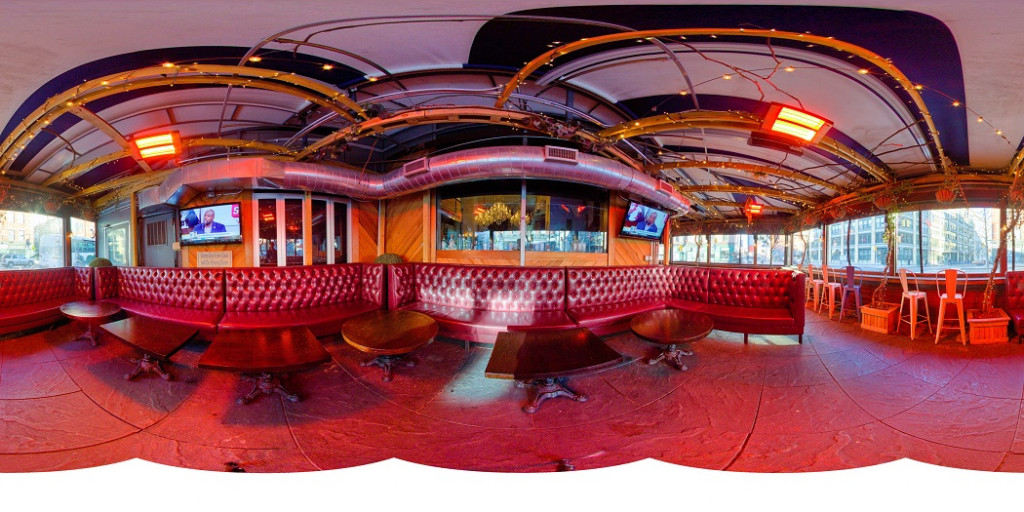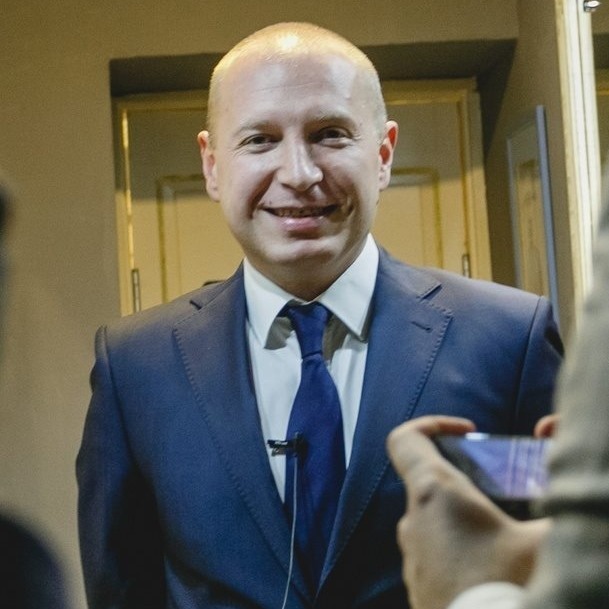With the rise of Virtual Reality (VR) one of the most frequent questions, besides how much does it cost, is the creation of VR content. It implies ways and tools to make virtual reality content and the cost of building VR apps. Although VR technology still hasn’t made its grand breakthrough to every household, it continues to develop and finds more and more practical uses by consumers, marketers, and manufacturers.
VR today is in dire need of high-quality content, being the key factor in user adoption of virtual reality. People expect new fascinating experiences. To get started, you may want to read What is VR and how it works. Any VR experience starts with a headset, or head-mounted display (HMD). It is a device that brings a computer-simulated content in front of your eyes, imitating presence in real environments. Most popular headsets so far are Google Cardboard, HTC Vive, Oculus Rift, Sony PlayStation VR, Samsung Gear.
Two major types of VR content are 360-degree videos & 3D animations.
VR content: making 360 videos
The first one is certainly way cheaper, though it does not mean it is bad or inferior. A 360-degree video is a perfect way to create immersive experiences out from any event or location in the world. It requires certain equipment, though.
For basics, you’d need a spherical camera with 360-degree lens and tripods (plus Steadicams). Using a drone is also a viable option. For post-production, you will need special editing software, Videostitch for example, to bring all the footage in one piece and ensure high quality of visuals.
Just like any other video, your footage must be entertaining in the first place. You shouldn’t be afraid to experiment, use multiple entry points and bold angles. Also, bear in mind that you’re creating content for viewers that have different levels of familiarity with VR. Also don’t forget about clear instructions, choices, and hints for navigation.
Make sure that your VR content looks good on every device possible: desktops, smartphones, tablets, headsets. Viewing 360-degree images on a computer with a mouse must be as smooth as moving or sliding a tablet for the same purpose, and vice versa.
Components of a good VR video are:
- Surprise
An element of surprise always works extremely well in VR. Surprise, wonder, scare…extract real emotions. Note: just don’t go too far with scaring techniques not to turn it all into an unpleasant experience. A proper and simple example – a scene where you’re going through a long semi-dark corridor, and a ghost suddenly appears for few seconds and disappears before your face.
- Acceleration
One of the footage shooting techniques, acceleration of camera movement, will make any 360-video more exciting. And again, don’t over-do the speed limit and acceleration time. No one wants to see “fast and furious” camera the entire time. Speeding up during a short segment of a chase would be good enough.
- Reach out and touch
This is probably the best way to tease viewers. Get the object very close to them urging to touch it. They will surely try to do so and won’t be disappointed even after failing to grab a nonexistent thing. On the contrary, such mind games are pure fun. For this trick, it is advised to go with the stereoscopic technology, though this effect can be achieved with monoscopic as well.
360 videos are a fine instrument to engage and motivate the audience, to interact and launch brand new type of ads. While retention rates are lower in comparison with standard ads, they have a higher CTR. One more interesting fact: the interaction rate, indicating how often the 360 functionality has been activated by tilting or scrolling, is higher for longer 360 ads.
On average, 360 videos get 40% more response than standard ads.
3D animation in VR
With 3D animation, it’s all about your fantasy and creativity. Unlike in 360-degree videos, where users are limited to viewing, in virtual 3D space, they can move and interact with certain objects.
3D, be it a simple animation, a game, virtual shopping rooms, etc., is a complex trade, but the payoff is worth the effort. In such digital environments, users are free to move, look closely at objects around, interact with them as they would in real life. Take “Clash of Clans 360” game for example.
There are plenty of tools and platforms to create simple virtual 3D environments, such as Maya, Structure Sensor, 3dsMax, LightWave, Modo, Cinema 4D, Houdini, etc. If you want to produce something bigger and more complex, like 3D VR games, you can use game engines like Unity or Unreal, and you would also need Google VR SDK, a headset and an Android phone. With the Unity engine, you can also build 3D models, animations, interior designs.
3D graphics, actually, have multiple forms and expressions, like the following:
- Computer animation
- 3D modeling
- Visual effects
- Product design
- Graphic/motion design
- Visualization for architecture, engineering, etc.
- Stereoscopic 3D effects
How to make VR apps with Unity and React
It is possible for everyone with enough knowledge to create VR apps, both mobile and web. Unity engine, we’ve already mentioned, is a great tool to create a 360 VR app, like VR Cinema, Titans of Space, Fulldive.
You would need the following set of equipment: Unity3D, Google VR SDK or Android SDK, a camera capable of 360 degrees, an Android phone, and a VR headset. You may find step-by-step instructions and cases at Hackernoon and FreecodeCamp.
As for desktop VR apps, with JavaScript frameworks and tools like ReactVR, WebVR and Node.js we may create virtual reality content viewable in web browsers directly. Yes, it is as simple VR apps as it sounds, with examples like BBC’s Romes, Iberia virtual flight, LearnBrite classroom, Within, Vividly architecture, etc.
To illustrate the possibilities of React to create web VR apps, we’ve made a demo project where we produced a 360-virtual tour for browsers. It took us just 2 days, and for a custom VR app, you’ll need 1 to 3 weeks, using ReactVR. Check out this case study on how to make a VR app with React.

What’s the use of Virtual Reality?
All in all, VR can be an effective marketing tool. It helps attract people’s attention, make them check your product, talk about it. So betting on entertaining content with 3D animations is totally justified if you have the resources and skills.
The better VR content, the bigger buzz you get.
If you think of it, virtual reality has an impact on consumers and purchasing process overall. Between classic advertisement and innovative entertainment experiences, surely the latter has the upper hand. In addition, VR offers your customers a whole journey into the brand universe.
With more affordable headsets we are witnessing the reinvention of sale points, introduction of VR content into event management, promo campaigns, trade shows, sightseeing tours, etc. Of course, the time of full integration of VR into marketing strategies is yet to come, but opportunities are already here. Issues like low resolution, latency, or device bulkiness are going to be resolved very soon as the technology evolves.
Certain business areas can benefit from VR today, for example:
- Real Estate: solving agents’ struggles like spending time visiting properties, dealing with “it doesn’t look like the pictures” claims. Virtual reality offers a more realistic feel for interior and exterior of homes, apartments, office spaces.
- Tourism: like Thomas Cook company who was first to bring VR to customers in their stores to experience journeys to Greece, Singapore, and New York via Samsung Gear headset. In result, the company got flight and hotel bookings for 12 million GBP.
- Education: making it easier for students to understand and process the information in history, biology, literature, economics, and astronomy. A virtual trip to the Moon is much more compelling than a book about it, we can all agree.
Read more: 25 best VR development companies

